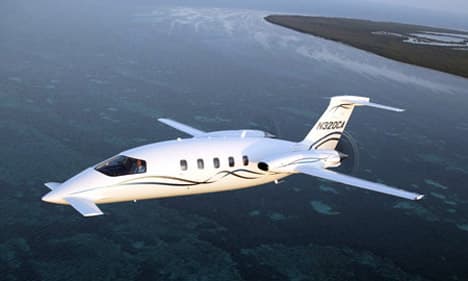I will be torn alive for saying this, but the current way pilots are trained does not place enough emphasis on "feeling" the airplane. An approach to flying based soley on RPM numbers and airspeeds during manuevering flight has removed the absolutely most critical element of flying which is the delicate understanding between PITCH and POWER control that is felt, seen, and heard when flying VFR. Any pilot who is unable to fly the traffic pattern without reference to any flight instruments is doing it wrong. Nearly all light GA airplanes stall in the same 14 to 18 degree AOA range. A pilot who has been taught and understands the pitch/power relationship should be able to jump into any light single and demonstrate acceptable feel for the airplane without instruments.
I challenge all CFIs to force their students to land, takeoff, stall, and fly in slow flight without reference to any flight instruments. This is the single most important part of flying that reinforces the connections in the brain that define basic attitude flying.
Once a pilot is comfortable flying the airplane without instruments they will be able to dedicate a greater portion of their brain power to managing communications and navigation tasks. Particularly at a busy airport such as Hobby.
It is my opinion that we have grown to accept mediocrity amongst the pilot community. The accident chain did not begin with her flight to Hobby airport that day. A pilot with fundamentally sound control of the airplane should never stall spin the airplane no matter how task saturated they are. There must have been warning signs before this incident that a number of CFIs or fellow pilots could have addressed.
Again, I will be torn alive for saying this, but I am of the opinion that the standards for pilot certification are far too low. The typical new pilot in the 75 to 200hr range (the killing zone) is still learning FAR too much. Passengers flying with a pilot in this range generally think it "must be okay" because this pilot passed the sport or ppl exam and is FAA certified. Little do they know, this pilot is still building the fundamental skills required for safe flight, and you are just along for the ride during all of this! The common expression, "A license to learn" actually sums this up nicely. Not everybody in this experience range is incompetent, but they are certainly on the steepest part of their personal learning curve.
Flying should be treated and respected as an art that must be mastered over time. The "Cirrus mentality" is directly contradictory to this and I believe this plays a big part in the glaringly high accident rate in this type.
Let the flaming begin.
No flaming here. All of my CFIs have spent some time teaching this to me, all the way back to the first who covered the panel with his jacket and told me to fly the damned plane.
The difficulties you'll run into (or maybe I should say that I'll run into if I ever get this CFI quest finished up) is that to raise the minimum standards for the initial pilot certificate would make something that's already hideously expensive for the average American loaded down with tens of thousands in consumer debt and hundreds of thousands, often pushing half a million, in housing debt -- would make the initial Private certificate something only a handful can even hope to fiscally accomplish.
Or so they think, anyway. (Obviously some of us figure out that debt is flat out slavery and decide to hammer the "beans and rice" diet and/or go figure out how to make a LOT more money in our careers to pay for this crazy freakin hobby... It can be done... Everyone here is proof...)
It probably also doesn't help that many older pilots started off in CHEAP to fly taildraggers with no radios and no fancy gadgets and not a thing useful in the panel to fixate on, and learned to really fly the things including listening and feeling stuff with their butt, and there are scant few opportunities to do this anymore. We can all joke about the amazing Cessna "Land O Matic" gear and their marketing of the past, but honestly, it worked. And now nosedragger pilots like myself have to work our butts off to connect our feet to our brains. Landing work in a taildragger or glider really helps get that feel for low speed ops and the sloppiness of the controls hammered into long term memory so when it happens unexpectedly, the recovery is instant and automatic.
Example: Ted's airspeed indicator thread. Stuff felt "wrong". He knew from experience the aircraft was acting like it was too slow.
I want more tailwheel time. I also want the glider ratings. It's definitely in my future lists after these CFI ratings as "important" to me. My tailwheel and glider time in my logbook is scarce and incomplete and even with only a little I see the value in both.
Energy management is where it's at! Gotta do it. Gotta know it in your ears and your butt. It has to be there or a stall horn is going to wake you up someday and hopefully you go straight to the proper recovery technique without even thinking about it. It's just got to be instant and automatic.
And that takes time. And money. And it's hard to demand more of that from folks barely able to pay for lessons. Just a really hard Catch-22.





